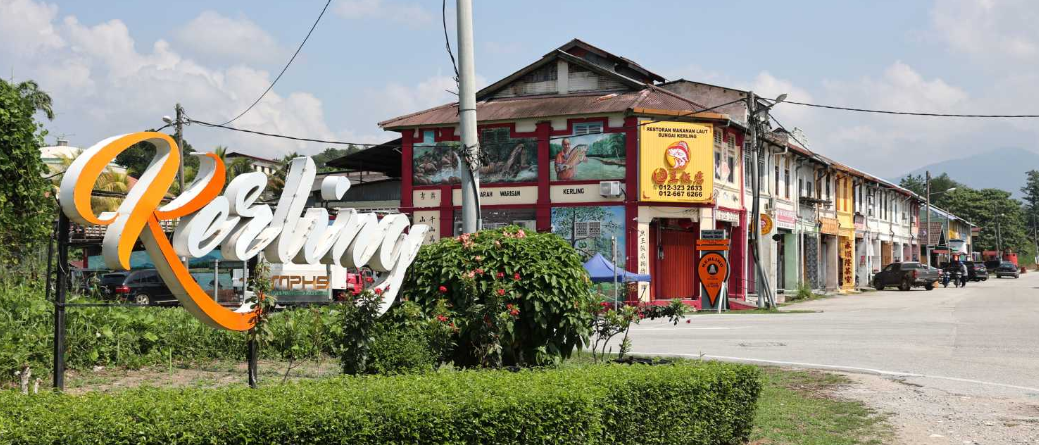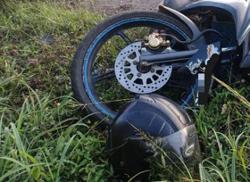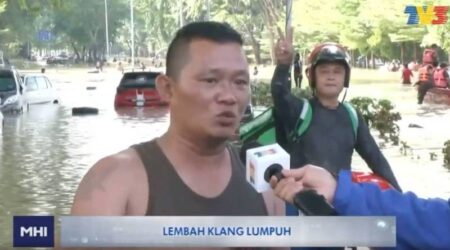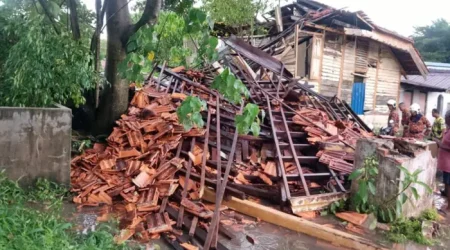INTERACTIVE: From bustling town to ‘sleepy hollow’
HULU SELANGOR: A hot spring and river flow through Kerling, but the nature-rich small town is not the bustling place it used to be.
Located an hour’s drive from Kuala Lumpur, Kerling was once a busy town, where youngsters flooded the area with trainees from the National Service Training Programme (PLKN).
When PLKN was abolished in 2018, Kerling turned into a sleepy town with a dwindling population, where most left are the elderly.
Pekan Kerling has two main shop lots, but most of the shops are shuttered.
According to the Statistics Department, Mukim Kerling saw a 53% drop in residents aged below 65 in 2020, compared with a decade ago, while the number of the elderly aged 65 years and above grew by 269%.
ALSO READ > INTERACTIVE: Rapid ageing and Malaysia’s ‘ghost towns’
“Kerling was once a very lively town. Every few days or on weekends, we would see the trainees coming into town and doing community services like cleaning up the old folks’ house here,” said laundry shop manager Dauwiyah Md Razali, 49.
She said now, Kerling is a quiet town and she barely sees seniors at the old folks’ home either within their compound or visiting town.
“When passing through the old folks’ home, I would only often see three or four elderly sitting at the porch. It really is quite sad.
“Many shops in the area have closed down and there was one resort in the area that opened for just one big event but later couldn’t sustain itself. There just aren’t many people here now,” she added.
However, Dauwiyah said Kerling still attracts many local tourists who go camping on weekends and public holidays.
“Kerling now has camping sites at the river, hot spring and farms to cater to the demand.
“We only have a few restaurants, grocery shops and workshops in the area. Even the local market has closed down and was replaced by a grocery shop. I often buy raw fish once a week at Kalumpang,” she said.
Vegetable trader Low Foong Kiew said there were many elderly who lived in the area.
“We used to have a lot of youngsters around but many of them left to pursue jobs in the city,” she said.
The 55-year-old said she opens her stall for two to three hours a day as there weren’t many customers.
“Even on weekends when we have tourists, they just pass through to go to the camping spots and do not buy anything,” she said.
Meanwhile, 36-year-old Mohd Faiz Akmal Bin Yahya is among many youth who have left small-town Kerling.
He had lived in Kerling for more than three decades, but recently moved to a nearby town in Rasa Tambahan, Kuala Kubu Baru in search of better facilities and living environment.
“My father bought a house in nearby Rasa Tambahan when he retired as a teacher and had to leave the Public Works Department home quarters in Kerling.
“I followed him and bought a house near my parents as I wanted to regularly see them.
“There were no suitable areas in Kerling where we could move to. Kerling’s biggest draw is that it has rivers where we could take our family on weekends,” he said.
Mukim Kerling Penghulu Mohamad Zaim Mohaimin said Kerling is an isolated area with only two communities – namely the traditional kampung, which is inhabited by the Malay community, and kampung baru (new village), which is populated by the Chinese.
“Senior citizens in Kerling have to travel at least 15 minutes to the nearest town to access banking services and there is no public transport.
“There is no real purpose to stimulate economic activities here,” he said.
He said Kerling is an agricultural and leisure destination, not like other nearby areas such as Bukit Beruntung and Kuala Kubu Baru, where offices and universities are located.















Leave a Reply